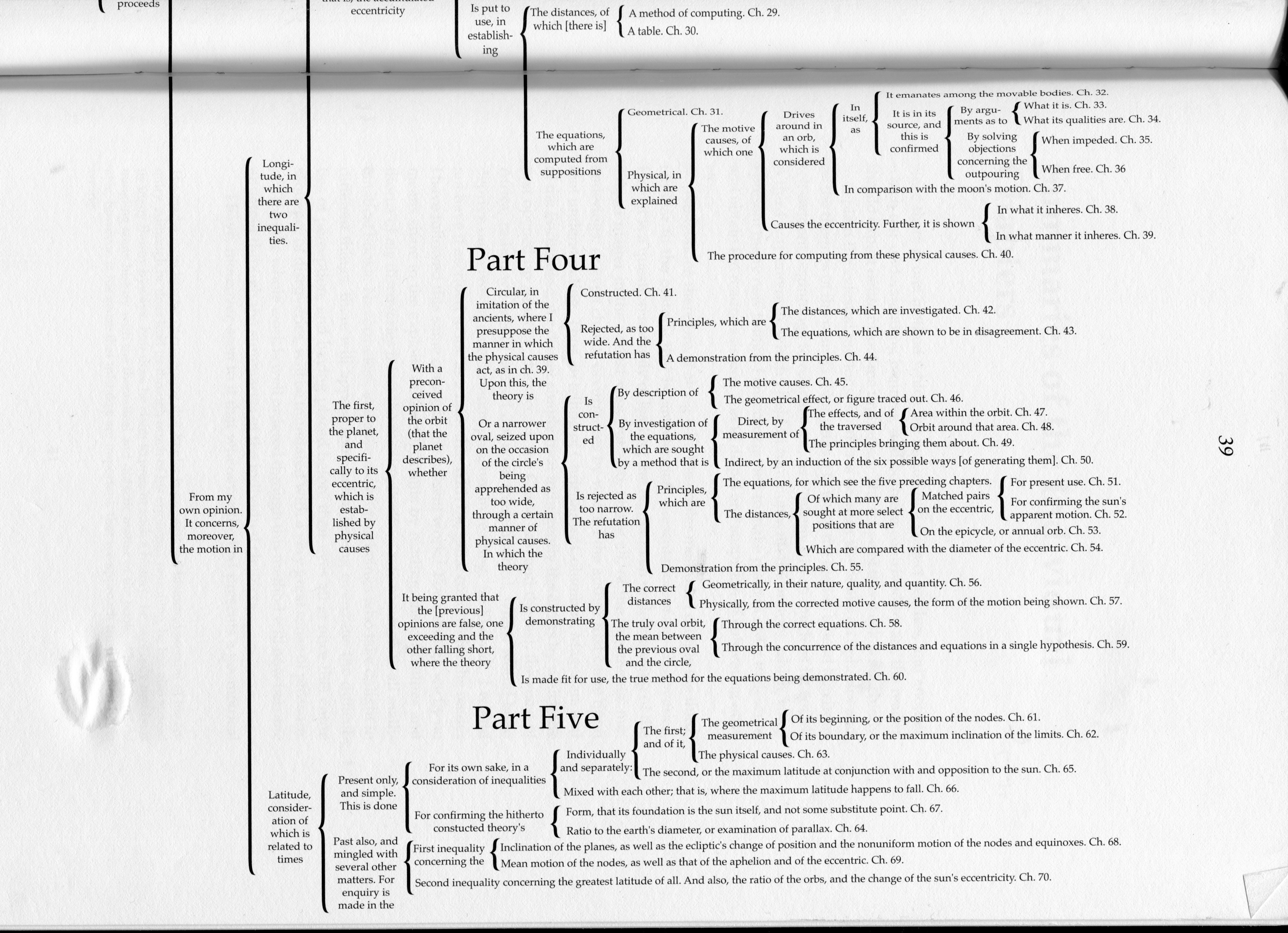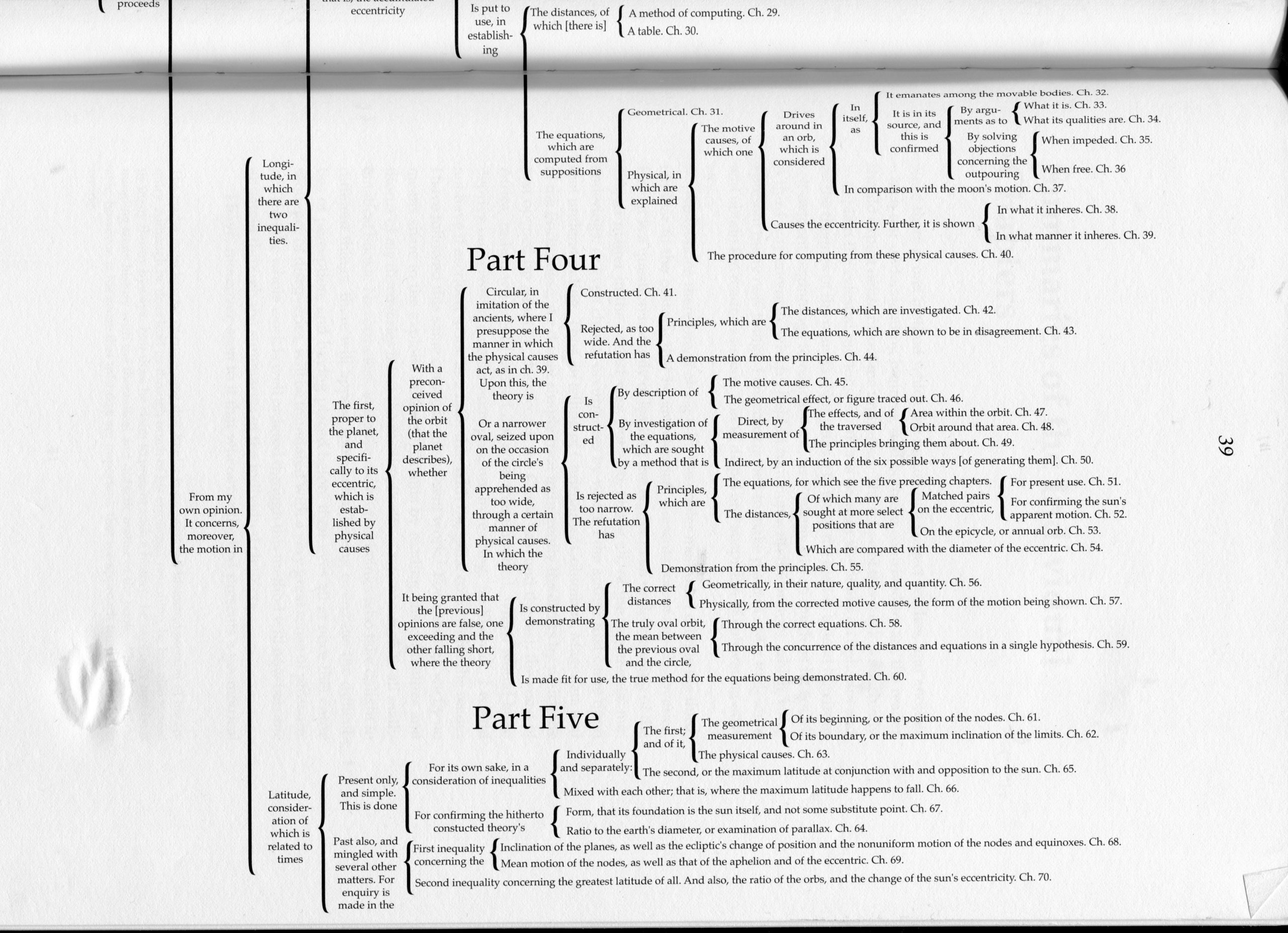
A principal motif throughout the scientific investigation of movement spanning two thousand years, from Aristotle to the seventeenth century, is the progression and eventual acknowledgment of the inertia principle—a fundamental aspect of classical physics encapsulated in Newton’s First Law. This principle contradicts earlier theories proposed by philosophers such as Aristotle, who contended that an external force was essential to sustain motion in an object, a hypothesis that failed to explain phenomena like projectile motion once external forces were removed.
Newton, though not the creator of the term “inertia,” firmly established its application in physics through his Principia. He demonstrated a thorough grasp of inertia, defining it as an “inherent force of matter” that opposes alterations in a body’s state of motion. However, the concept of inertia recognized in Newton’s writings is not solely Newton’s creation; its intellectual lineage can be traced back to individuals like Galileo and even Johannes Kepler, who, while using the term to signify a body’s eventual stillness when motion halts, set the stage for a more refined understanding.
The transition into modern thought is frequently attributed to Galileo, who transformed the notion of motion in his texts, especially suggesting that a body in motion on a frictionless surface would persist indefinitely, a precursor to the comprehensive law codified by Newton. However, the migration of this foundational idea from Galileo to Newton was notably shaped by the intermediary efforts of René Descartes and Isaac Beeckman.
Beeckman played a significant, albeit less recognized, role in the formalization of the inertia concept. His diverse career, spanning from a candle maker to a respected educator, endowed him with a distinctive outlook on natural philosophy. By interacting with artisans and executing practical experiments, Beeckman not only dismissed the Aristotelian perspective but also established the groundwork for the corpuscular theory of matter. His interpretation of inertia, viewed as an intrinsic opposition to change in motion, was conveyed through intellectual discussions, particularly with Descartes.
The fortuitous encounter between Beeckman and Descartes represented a pivotal moment in this intellectual progression. During their exchange, Beeckman clarified his notions on inertia to Descartes, who subsequently advanced these ideas, blending them with his own philosophies that significantly influenced later scientific discussions.
Despite never publishing his findings, Beeckman’s valuable insights documented in his Journal considerably impacted the scientific community of his era, with his ideas being propagated through the works of those he inspired, such as Gassendi and Mersenne. As a central yet understated figure, Beeckman embodies the essential, behind-the-scenes contributions that often support major scientific advancements. His role in the evolution of the inertia principle highlights the collaborative essence of scientific advancement, reminding us of the numerous thinkers who contributed to the eventual establishment of Newton’s First Law.
